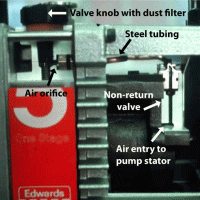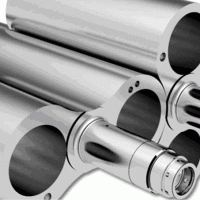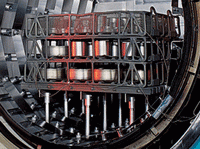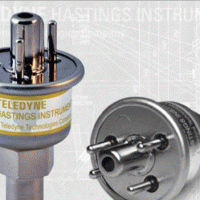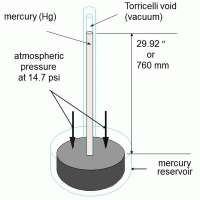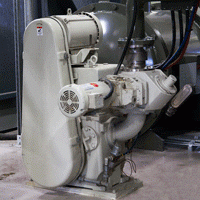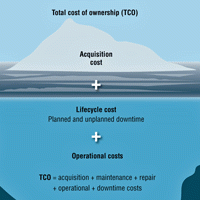The correct use of the Gas Ballast valve on a mechanical oil sealed rotary vacuum pump has always been seen as “black science” or just plain guesswork. It is a very simple device and when used correctly can keep a vacuum pump working well even though it may be used on a very wet process and the oil becomes contaminated with condensed vapors.
One series of vacuum pumps I worked with had a gas ballast valve that had no stop when opened. If you unscrewed it enough the ballast knob would come off in your hand allowing maximum air to enter the pump, the pump to become noisier and a blast of oil mist to come out of the exhaust. I always thought that if a lab technician ever did that they would replace the knob and never ever touch the gas ballast valve again.

